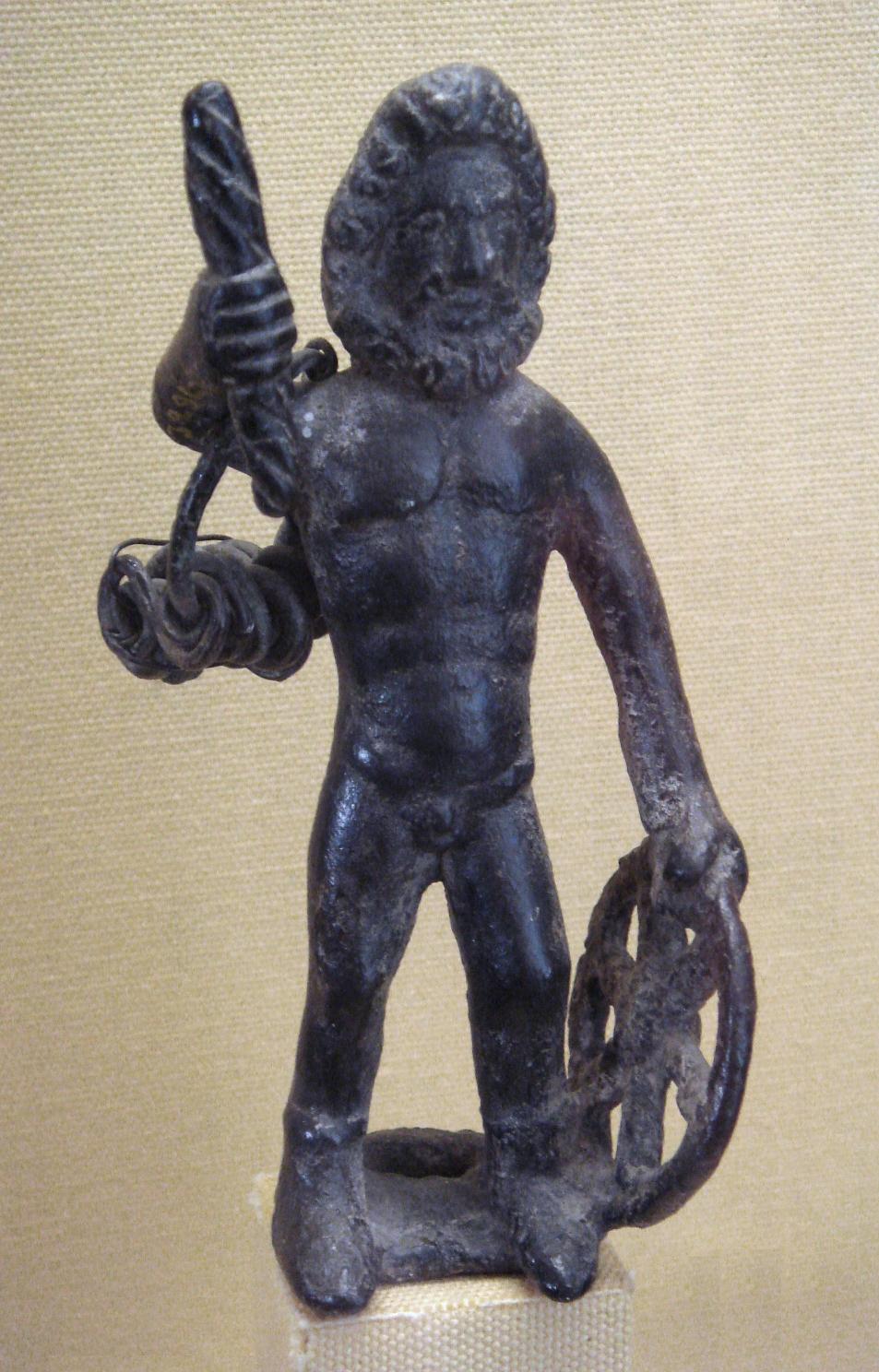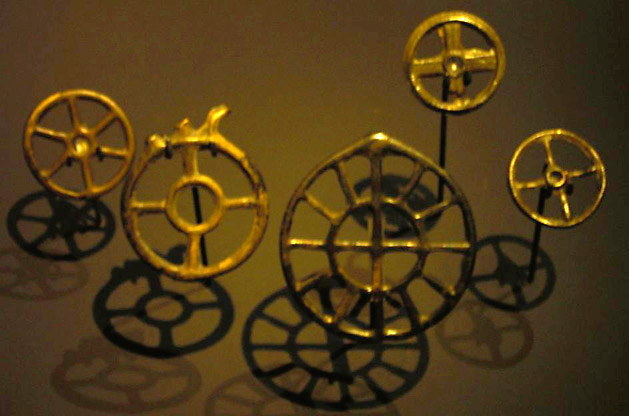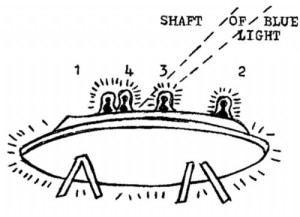THINK ABOUTIT SIGHTING REPORT
Date: 3rd millennium BCE
Location: World Wide
Summary/Description: Bronze Age Discs F.W. Holiday Discusses the appearance of the Disc symbol in early Bronze Age iconography in Britain. It often appears in conjunction with a Depiction of the ‘pestie’ or Dragon. Holiday notes the prevalence of the so-called “sun wheel” in pre-Celtic iconography, and the Discoid appearance of many burrows and mounds. He points out that what many scholars have called a “sun wheel” is, in fact, often Depicted as a winged Disc – much like the purported layout of the Avebury stones. (He also points out that many cultures have a custom of setting wooden Disks and hurling them through the air to repel evil, usually at night…)
F.W. Holiday Discusses the appearance of the Disc symbol in early Bronze Age iconography in Britain. It often appears in conjunction with a Depiction of the ‘pestie’ or Dragon. Holiday notes the prevalence of the so-called “sun wheel” in pre-Celtic iconography, and the Discoid appearance of many burrows and mounds. He points out that what many scholars have called a “sun wheel” is, in fact, often Depicted as a winged Disc – much like the purported layout of the Avebury stones. (He also points out that many cultures have a custom of setting wooden Disks and hurling them through the air to repel evil, usually at night…)
The wheel is often named for Taranis, the thunder-god, who rumbled and boomed as he moved through the sky. (Sound familiar? “skyquakes”?) It also often seems to have legs as well as wings.The Eye symbol, related to the one-eyed god Odin and the eye-god Horus, is also prevalent in the Bronze Age culture, and there are numerous reports of so-called “Eye”Discs in UFOlogy. Other UFO Designs, such as the conjoined Discs, ‘cloud cigars,’ and the Dome, appear replicated as curious Bronze Age artifacts from Britain.
In many cases, the Disc is Depicted in battle against the serpent, which Holiday assumes means the Disc represents the forces of the sky (which are good) battling against the forces under the earth (which are bad.) This Design appears in numerous forms in mythology, with the Dragon or ‘pestie’ coiled around the base of the world-tree, and the thunderer in the Disc above the tree Descending to battle it.
Yet in pre-Christian and pre-Norse legends, and in China, the “Wyrm” is not seen as evil. While it is blamed for toothaches and other misfortunes in many cultures, in its earliest appearances in iconography it is a symbol of fertility and renewal. Holiday seems to think that lake monsters and the “dragon” in general are evil, malevolent forces.
Yet they Do not become thought of in these terms until the first sky-religions (and the sky-discs) arrive. The reason for this sea-change in mythology is Discussed by Gimbutas, who thinks Old Chthonic Europe was overrun by sky-and-thunder-god-worshiping nomads from the north (the Kurgans.) This mystery is worth more examination…




Related Reports
1976: North Reddish, Cheshire, England Sighting
1976: Close Encounter Near Leeds England
1974: Aveley Essex England Abduction